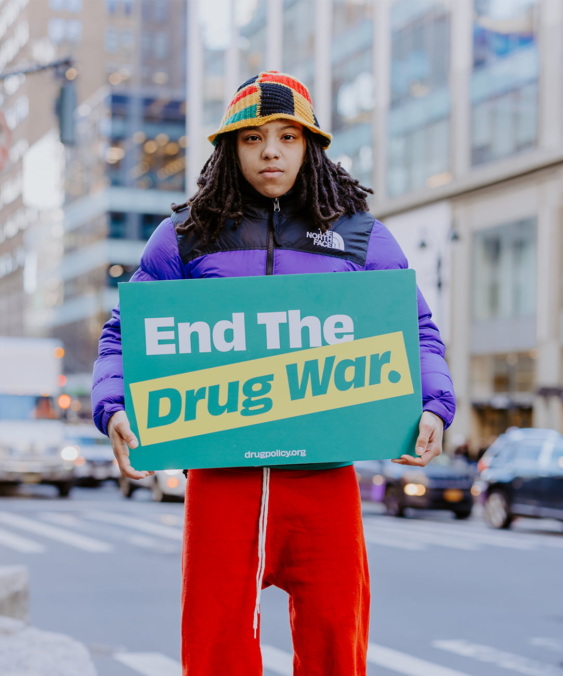
To view current factsheets on heroin, xylazine, fentanyl, meth, cocaine, and marijuana, click here.
For other drugs as listed below, past factsheets are archived here as a reference.
If you are seeking other resources for drug facts not found on our site, we recommend visiting DanceSafe and Erowid, along with National Harm Reduction Coalition’s Resource Center.

